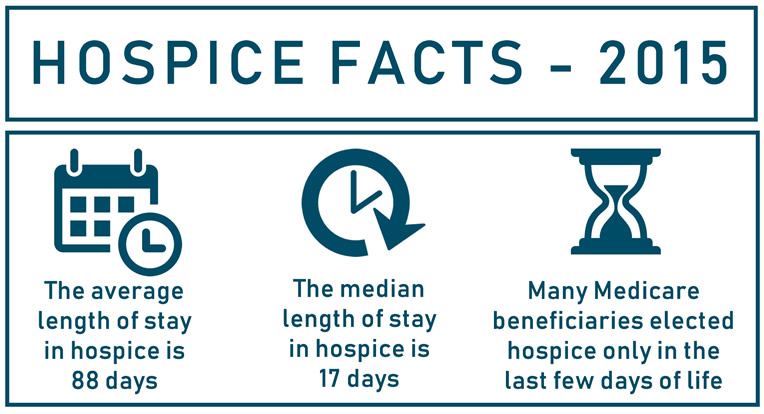James Sheridan Wood 1931-2019 Died peacefully in hospice May 22, 2019 after a long struggle by his family to get him end-of-life care in the U.S. health care system.
I wish I could write about the spiritual and emotional meaningfulness of being with my father during his last days and weeks on this earth, and maybe some day I will. But frankly that journey was marred by our broken health care system and the dysfunctional way we treat aging in the U.S.
My father had no savings and lived on his meager social security income but was above the Medicaid cut-off because his wife had a very small fund legally designated for her grandchildren from the time they got married. This meant that they could not afford either assisted living or in-home care.

Because Medicare only pays for home health care (usually 2 visits per week) or nursing home care if the elderly person is recovering from a hospital stay (not just steadily aging and needing more help), in my father’s last months he repeated this cycle five times: fall from low blood pressure (aging heart), emergency room, ICU, regular floor, rehab facility, home. Every single time, as he was being discharged from the hospital, I fought with the care manager until she relented and ordered home health care (remember, that’s only 2 visits a week). Each time I wondered what the outcome would be if I weren’t white and educated and entitled to argue.
Under pressure from Medicare to limit these referrals, she told me each time that he could do without home health and that family members needed to “step up.” I replied we were already stepping up, that everyone worked full time, that a grandson already spent hours cooking and driving my dad to appointments, that my father clearly needed full time care but certainly a weekly visit at the very minimum.
The last time he was hospitalized it was clear he was close to death and needed to go to a skilled nursing facility. The care manager explained that I needed to promise $10,000 to the nursing facility or they would just send him home, where his wife (in her late eighties like him) was beside herself with stress at how to take care of him. Throughout this time, I spent hours pouring over websites on Medicaid and veterans’ benefits, hours sitting in offices and waiting on hold, hours going through my father’s financial records then going through them again, looking for a way to pay for the $10,000 per month nursing home or $500 a day full time home care.
In the end, the hospital care manager came through and guided me to a little-known benefit through Veterans’ Affairs that kicks in once a veteran is on hospice. I would never have figured this out on my own despite being a researcher and administrator who deals with lots of policy and paperwork.
Finally, the stress of figuring out how to pay for everything was lifted. My father died the next day.

Throughout this Kafka-esque nightmare, I was struck by two things
- that every family in this situation has to wade through the impossible morass of figuring out how to pay when they should be at the bedside of their aging loved one, and,
- that this system is, strangely, both cruel and inefficient.
How can repeated trips to the ER and ICU, with multiple tests and doctor consultations, be more cost efficient than humane palliative care?
It’s beyond time for a change, folks. It’s time to put humanity and compassion at the center of health care.
Mary Elene Wood is Professor of English at the University of Oregon. Her work focuses on medical and health humanities, disability studies, queer studies, and 19th- and 20th- century American literatures.

